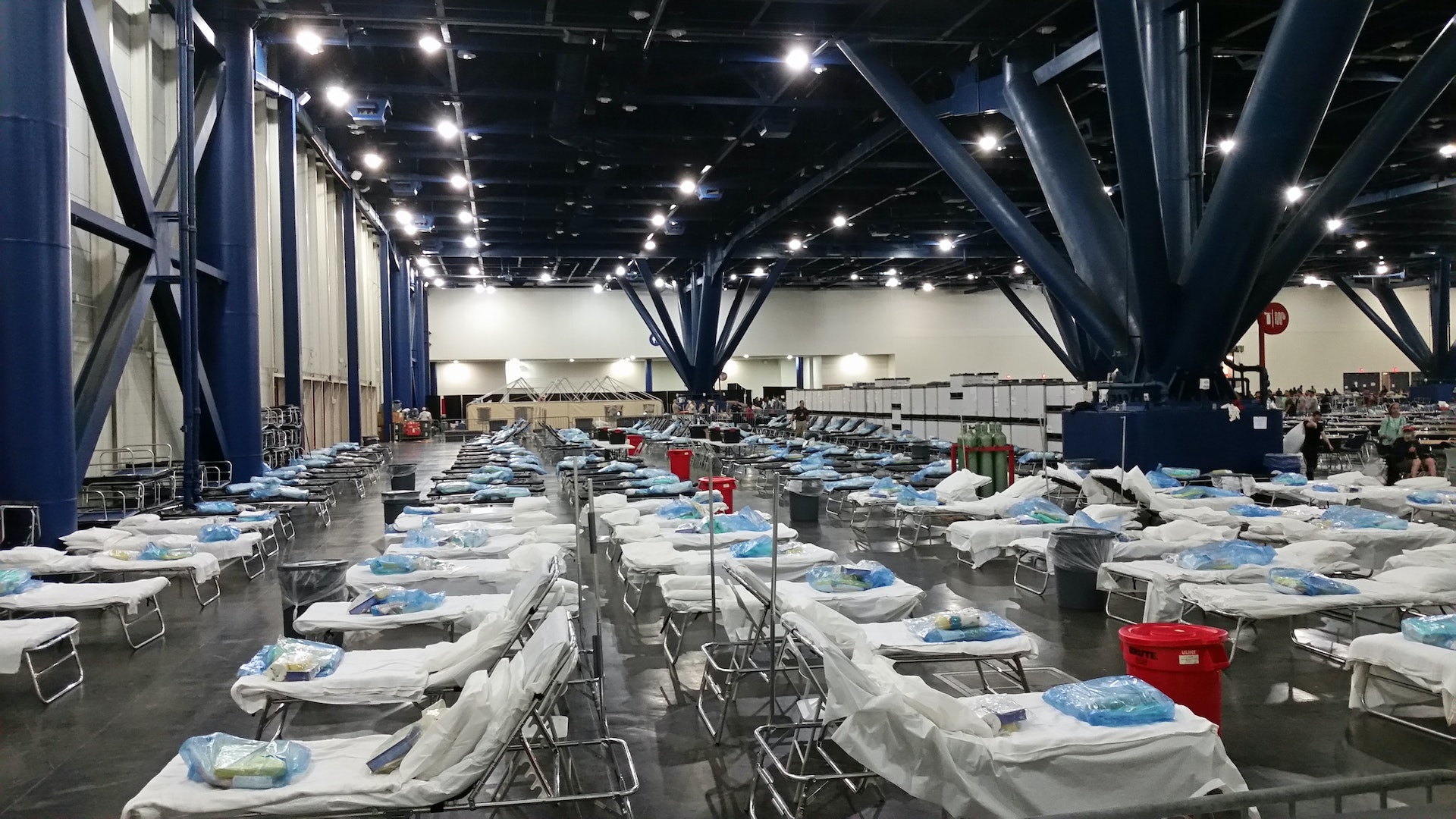Why Medical Functional Furniture Matters
Most healthcare projects include furniture because it enhances comfort, sends a positive message in waiting rooms, helps doctors and patients communicate, or gives staff members extra assistance with their duties. Environments for health are made complete by furnishings in ways that go far beyond aesthetics. Hospital furniture is the primary component of the indoor environment and an essential component of the medical setting. Hospital furniture is the primary tool medical professionals, patients, and their families use to conduct diagnosis, treatment, and work, making up around 45% of the indoor space in a hospital. As a result, hospital furniture design is crucial and affects certain people’s expectations.
Health Care Facilities
When designing medical, functional furniture, designers must consider the changing needs of healthcare facilities and their patients. Hospitals and care centers need comfortable, durable furniture that meets multiple practical needs while meeting strict safety and hygiene requirements. The right design can also help to improve the patient’s welfare and comfort.
Healthcare furniture should be durable, with metal-to-metal connections, to reduce the risk of abrasions and scratches. This is important because scratches and scrapes in furniture can harbor harmful germs. Additionally, moisture-resistant materials are recommended for medical furniture. Medical facilities need durable furniture to support a variety of functions, including examination and waiting areas. The materials used for healthcare furniture should be easy to clean. Veneer and wood furniture are porous, making it challenging to maintain a clean environment. Laminate is an alternative to wood and offers a similar look but is much easier to clean. Medical-grade furniture should also feature removable drawer liners to make them easy to clean. There are companies providing medical furniture miami fl locations and other healthcare facilities worldwide.
Outpatient Clinics
Medical, functional furniture can support a variety of patient functions in outpatient clinics. It should be comfortable, easy to clean, and compatible with the facility’s specialized equipment and communications technology. The design should also be hygienic and functional while incorporating elements of aesthetics and natural daylighting.
The healthcare industry is facing the growing challenge of healthcare-associated infections (HAIs), which can cause unnecessary pain and health problems. Furniture should be easy to disinfect and have smooth surfaces to prevent bacteria from getting a foothold. Additionally, the materials used for medical furniture should be durable and easy to clean. Hospitals and clinics increasingly use vinyl, polyurethane, and nylon to achieve this goal.
Hospitals
Medical facilities have unique needs for staff and patients, and hospital furniture must reflect this. While the furniture selection should be functional and stylish, hospital design must also consider patient flow and privacy factors. A hospital furniture manufacturer can help by developing a mock-up room to help achieve the ideal balance of clinical functionality and aesthetics. Moreover, design should also consider life cycle costs, as it can make a difference to the long-term value of the hospital. For this reason, it is essential to involve the design team early in the project to ensure that all specifications are met.
Hospital furniture must serve specific purposes and be durable enough to withstand the use of patients. Modern pieces are often made of recycled materials, reducing the number of products in landfills. Furniture is also usually made of high-quality materials, according to strict standards. These standards minimize the need for storing and reusing older pieces and simplify the training required for hospital staff to use the new details.
Rehabilitation Facilities
Rehab facilities require furniture that is adjustable to each patient’s needs. For example, the table should allow patients to get up and down quickly, and the height should be flexible. It should also have handholds for stability and balance. Medical, functional furniture for rehabilitation facilities can meet these needs in various ways.
Medical, functional furniture is commonly used in clinics, offices, and rehabilitation facilities. It includes everything from medicine cabinets to desks and therapist seating. It may also have different size coat racks, screens, and multipurpose trolleys. Whether renovating an old facility or adding a new one, functional furniture is necessary.
Offices
Functional furniture is key to the patient experience when designing a medical office. Besides being comfortable for patients, this furniture should allow staff to perform various functions efficiently. An office layout is also essential to consider the mobility needs of patients with disabilities. Patients with limited mobility should have enough space between desks and chairs, and restrooms should be accessible to all. When designing medical offices, style should always take a backseat to patient safety.
In addition to comfort and functionality, functional medical furniture should be affordable. For example, an office with a waiting area should include stackable chairs, costing around $200 each. A reception desk can run anywhere from $1,000 to $2,000 and should be durable for many years. On the other hand, a storage cabinet may cost around $350.

